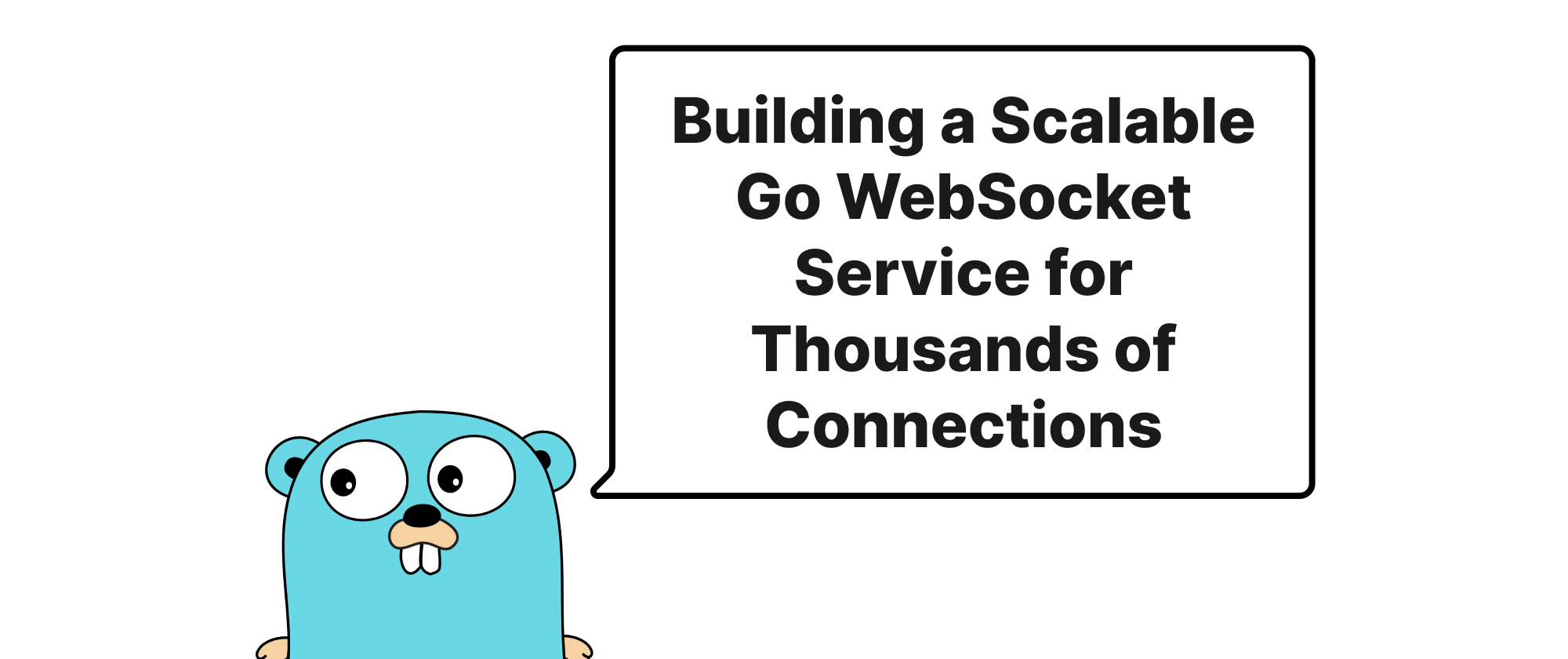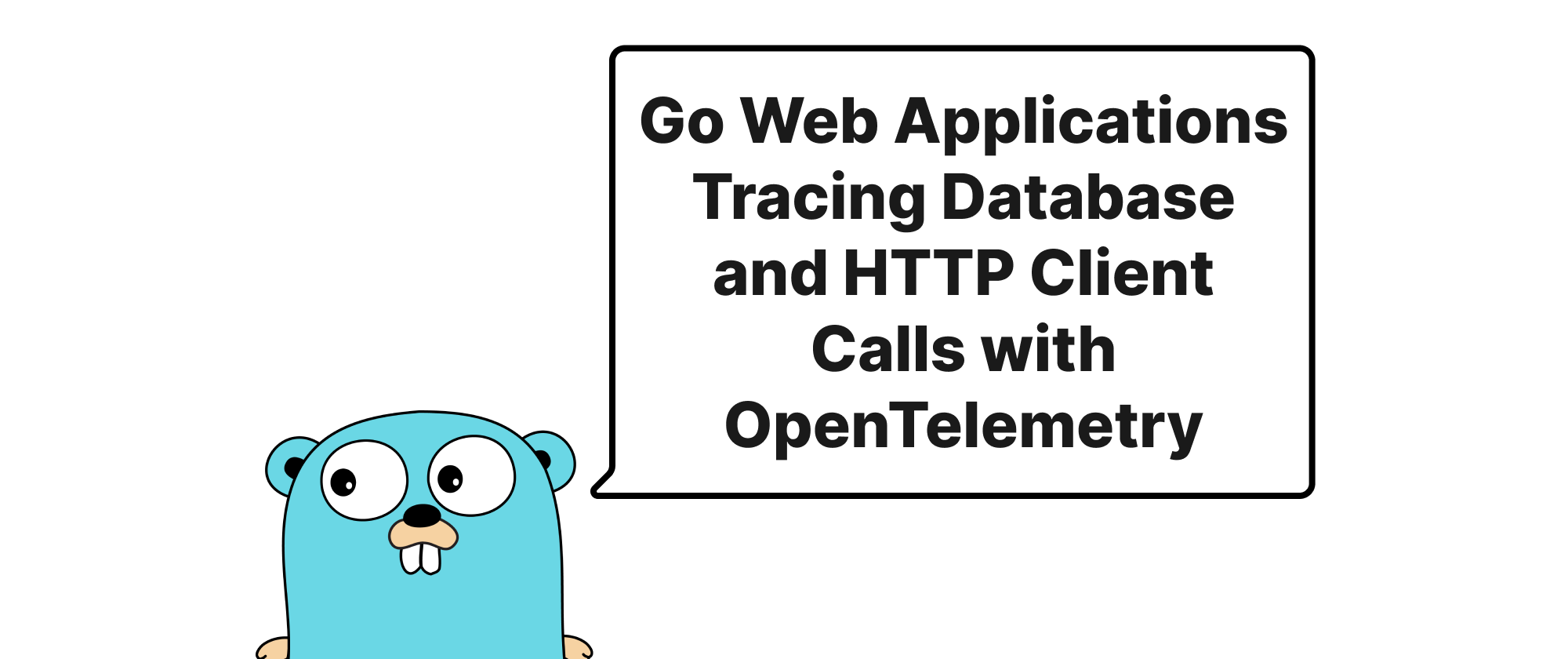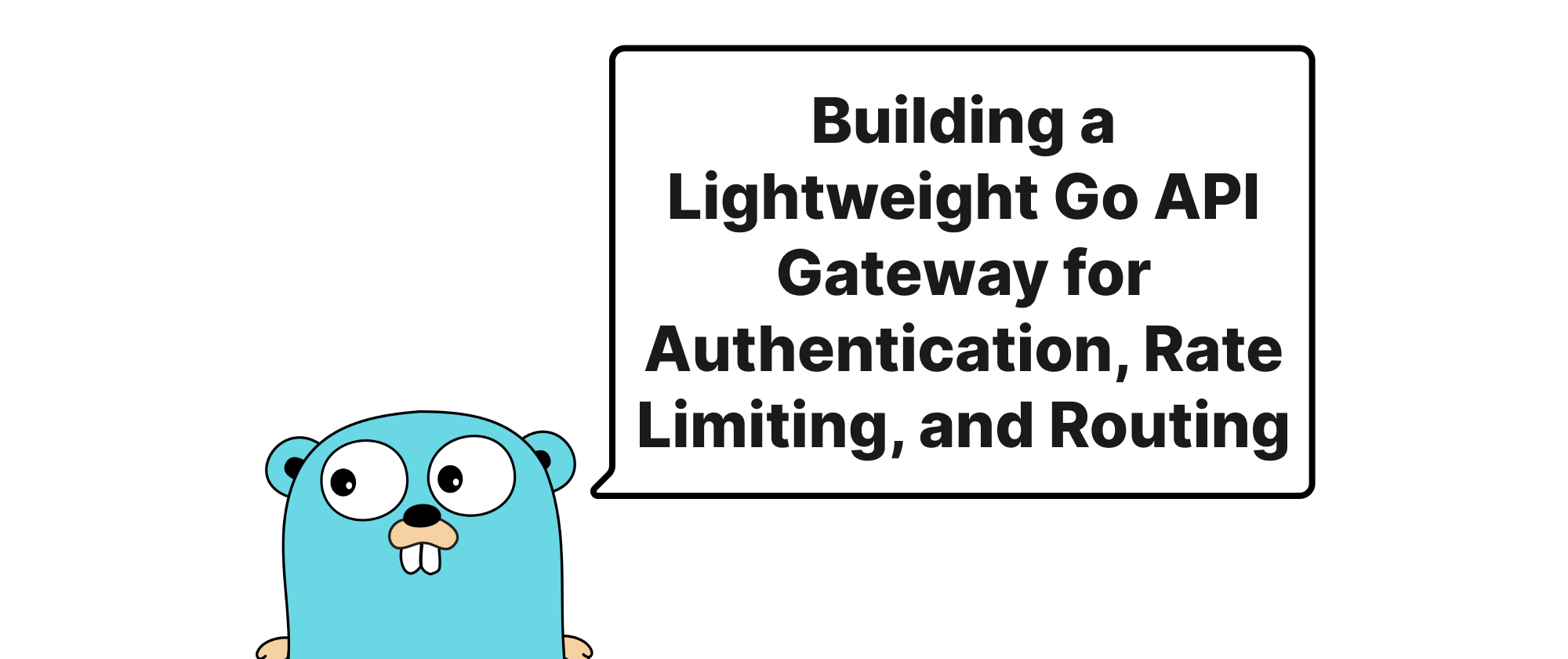Building a Scalable Go WebSocket Service for Thousands of Concurrent Connections
Daniel Hayes
Full-Stack Engineer · Leapcell

Introduction
In today's interconnected world, real-time communication is no longer a luxury but an expectation. From live chat applications and collaborative editing tools to online gaming and financial dashboards, the demand for instant updates and interactive experiences is ever-growing. WebSockets, offering persistent, full-duplex communication channels between clients and servers, have become the de facto standard for building such applications. However, handling thousands, or even millions, of concurrent WebSocket connections presents significant engineering challenges. Traditional request-response architectures struggle under this kind of load, often leading to resource exhaustion and performance bottlenecks. Go, with its lightweight goroutines and efficient concurrency model, is remarkably well-suited for building high-performance network services. This article will explore how to leverage Go's strengths to construct a scalable WebSocket server capable of managing thousands of concurrent connections effectively, laying the groundwork for robust real-time applications.
Understanding the Core Components
Before diving into the implementation details, let's clarify some fundamental concepts crucial for building our scalable WebSocket service.
WebSockets
WebSockets provide a persistent, bi-directional communication channel over a single TCP connection. Unlike HTTP, which is stateless and relies on a request-response model, WebSockets allow both the client and server to send messages at any time after the initial handshake, significantly reducing overhead and latency. In Go, the github.com/gorilla/websocket library is the most popular choice for working with WebSockets, offering a robust and easy-to-use API.
Goroutines
Goroutines are Go's lightweight, concurrently executing functions. They are much cheaper than traditional OS threads, allowing a Go program to launch thousands or even millions of them concurrently. This is a critical advantage when handling numerous WebSocket connections, as each connection can be managed by its own goroutine without significant resource overhead.
Channels
Channels are typed conduits through which goroutines can send and receive values. They are designed for communication between goroutines and act as a safe mechanism to share data, preventing race conditions. Channels are fundamental to Go's concurrency model and will be extensively used for managing message flow and orchestrating goroutines in our WebSocket server.
Fan-out/Fan-in Pattern
This is a common concurrency pattern in Go. The "fan-out" phase distributes work to multiple goroutines, while the "fan-in" phase collects the results from those goroutines. In our WebSocket context, a single message from one client might need to be "fan-out" to multiple subscribed clients, and we might "fan-in" messages from various clients to a central processing unit.
Building a Scalable WebSocket Service
Building a scalable WebSocket service in Go involves several key design considerations, primarily focusing on efficient connection management, message broadcasting, and resource handling.
Connection Management
Each incoming WebSocket connection needs to be accepted and managed. A common approach is to dedicate a goroutine to each connected client. This goroutine is responsible for reading messages from the client, writing messages to the client, and handling any connection-specific logic.
package main import ( "log" "net/http" "time" "github.com/gorilla/websocket" ) // Upgrader upgrades HTTP connections to WebSocket connections. var upgrader = websocket.Upgrader{ ReadBufferSize: 1024, WriteBufferSize: 1024, CheckOrigin: func(r *http.Request) bool { // Allow all origins for simplicity in this example. // In production, restrict this to your domain. return true }, } // Client represents a single connected WebSocket client. type Client struct { conn *websocket.Conn send chan []byte // Channel to send messages to the client } // readPump reads messages from the WebSocket connection. func (c *Client) readPump() { defer func() { // Clean up the client connection when the goroutine exits log.Printf("Client disconnected: %s", c.conn.RemoteAddr()) // TODO: Unregister client from the hub c.conn.Close() }() for { _, message, err := c.conn.ReadMessage() if err != nil { if websocket.IsUnexpectedCloseError(err, websocket.CloseGoingAway, websocket.CloseAbnormalClosure) { log.Printf("Read error: %v", err) } break } log.Printf("Received: %s", message) // TODO: Process received message (e.g., broadcast to others) } } // writePump writes messages to the WebSocket connection. func (c *Client) writePump() { ticker := time.NewTicker(time.Second * 10) // Ping interval defer func() { ticker.Stop() c.conn.Close() }() for { select { case message, ok := <-c.send: if !ok { // The hub closed the channel. c.conn.WriteMessage(websocket.CloseMessage, []byte{}) return } if err := c.conn.WriteMessage(websocket.TextMessage, message); err != nil { log.Printf("Write error: %v", err) return } case <-ticker.C: // Send ping messages to keep the connection alive if err := c.conn.WriteMessage(websocket.PingMessage, nil); err != nil { log.Printf("Ping error: %v", err) return } } } } // serveWs handles WebSocket requests from peers. func serveWs(w http.ResponseWriter, r *http.Request) { conn, err := upgrader.Upgrade(w, r, nil) if err != nil { log.Println("Upgrade error:", err) return } client := &Client{conn: conn, send: make(chan []byte, 256)} log.Printf("Client connected: %s", conn.RemoteAddr()) // TODO: Register client with the hub go client.writePump() client.readPump() // Blocks until client disconnects or error } func main() { http.HandleFunc("/ws", serveWs) log.Fatal(http.ListenAndServe(":8080", nil)) }
In the serveWs function, after a successful WebSocket upgrade, we create a Client struct, which holds the connection and a buffered channel (send). This send channel is crucial for decoupling message producer and consumer, preventing deadlocks and providing backpressure. The readPump goroutine continuously reads messages from the client, while the writePump goroutine sends messages from the send channel to the client, also handling periodic ping messages to keep the connection alive.
Centralized Hub for Message Broadcasting
To handle broadcasting messages to multiple clients efficiently, a centralized "hub" is essential. This hub manages all active client connections and facilitates message distribution.
package main import ( "log" "net/http" "time" "github.com/gorilla/websocket" ) // ... (Client, upgrader, readPump, writePump definitions as above) ... // Hub maintains the set of active clients and broadcasts messages to them. type Hub struct { // Registered clients. clients map[*Client]bool // Inbound messages from the clients. broadcast chan []byte // Register requests from the clients. register chan *Client // Unregister requests from clients. unregister chan *Client } // NewHub creates and returns a new Hub instance. func NewHub() *Hub { return &Hub{ broadcast: make(chan []byte), register: make(chan *Client), unregister: make(chan *Client), clients: make(map[*Client]bool), } } // run starts the hub's main event loop. func (h *Hub) run() { for { select { case client := <-h.register: h.clients[client] = true log.Printf("Client registered: %s (Total: %d)", client.conn.RemoteAddr(), len(h.clients)) case client := <-h.unregister: if _, ok := h.clients[client]; ok { delete(h.clients, client) close(client.send) // Close the client's send channel log.Printf("Client unregistered: %s (Total: %d)", client.conn.RemoteAddr(), len(h.clients)) } case message := <-h.broadcast: for client := range h.clients { select { case client.send <- message: // Message sent successfully default: // If send channel is full, assume client is slow or dead. // Unregister and close connection. close(client.send) delete(h.clients, client) log.Printf("Client send channel full, unregistering: %s", client.conn.RemoteAddr()) } } } } } // serveWs handles WebSocket requests for connections. func serveWs(hub *Hub, w http.ResponseWriter, r *http.Request) { conn, err := upgrader.Upgrade(w, r, nil) if err != nil { log.Println("Upgrade error:", err) return } client := &Client{conn: conn, send: make(chan []byte, 256)} hub.register <- client // Register the new client go client.writePump() // Client's write goroutine client.readPump() // Client's read goroutine (blocks) // When readPump exits, unregister the client hub.unregister <- client } func main() { hub := NewHub() go hub.run() // Start the hub's goroutine http.HandleFunc("/ws", func(w http.ResponseWriter, r *http.Request) { serveWs(hub, w, r) }) // Example: Broadcast a message every 5 seconds go func() { for { time.Sleep(5 * time.Second) message := []byte("Hello from server!") select { case hub.broadcast <- message: log.Println("Broadcasting message:", string(message)) default: log.Println("Hub broadcast channel full, skipping message.") } } }() log.Fatal(http.ListenAndServe(":8080", nil)) }
The Hub struct contains three channels: register, unregister, and broadcast. The run method in a separate goroutine continuously listens on these channels.
- When
registerreceives a new client, it adds the client to itsclientsmap. - When
unregisterreceives a client, it removes it and closes itssendchannel. - When
broadcastreceives a message, it iterates through all registered clients and attempts to send the message to each client'ssendchannel. Aselectstatement with adefaultcase is used to prevent blocking if a client'ssendchannel is full, thus preventing a slow consumer from affecting other clients.
Optimizations for Scale
To further enhance scalability for thousands of connections:
- Buffered Channels: Use sufficiently buffered channels (e.g.,
make(chan []byte, 256)) for clientsendqueues. This allows the server to send messages even if a client is temporarily slow in reading, providing a buffer. - Efficient Message Encoding: For high-throughput scenarios, consider efficient binary serialization formats like Protocol Buffers or FlatBuffers instead of JSON, as they can reduce message size and parsing overhead.
- Horizontal Scaling: For extremely large numbers of connections (tens of thousands or millions), consider distributing connections across multiple Go WebSocket servers behind a load balancer. A separate message queue (e.g., Kafka, NATS, Redis PubSub) can be used to synchronize messages between these independent WebSocket servers. Each server would subscribe to relevant topics, effectively fanning out messages across the distributed system.
- Resource Management: Carefully monitor memory and CPU usage. While goroutines are lightweight, thousands of connections still consume memory. Ensure your server infrastructure can handle the combined memory footprint of all connections and their associated buffers.
- Graceful Shutdown: Implement proper signal handling to ensure the server can shut down gracefully, closing all active WebSocket connections and cleaning up resources.
Conclusion
Building a scalable Go WebSocket service is achievable by embracing Go's powerful concurrency primitives. By dedicating a goroutine to each connection, employing a centralized hub for managing clients and broadcasting messages, and leveraging buffered channels for efficient message passing, we can handle thousands of concurrent WebSocket connections with robustness and high performance. The github.com/gorilla/websocket library provides a solid foundation, and with careful design around connection management, message flow, and resource optimization, Go stands out as an excellent choice for crafting sophisticated real-time applications. The key lies in designing a resilient and fault-tolerant architecture that effectively uses goroutines and channels to manage concurrency, allowing your application to scale gracefully with demand.


